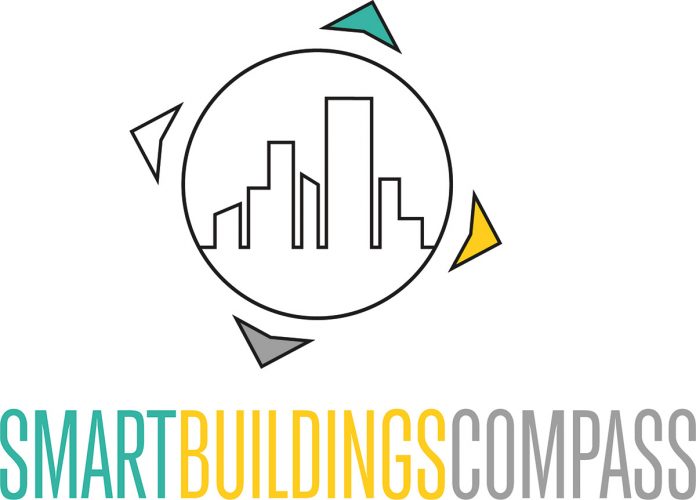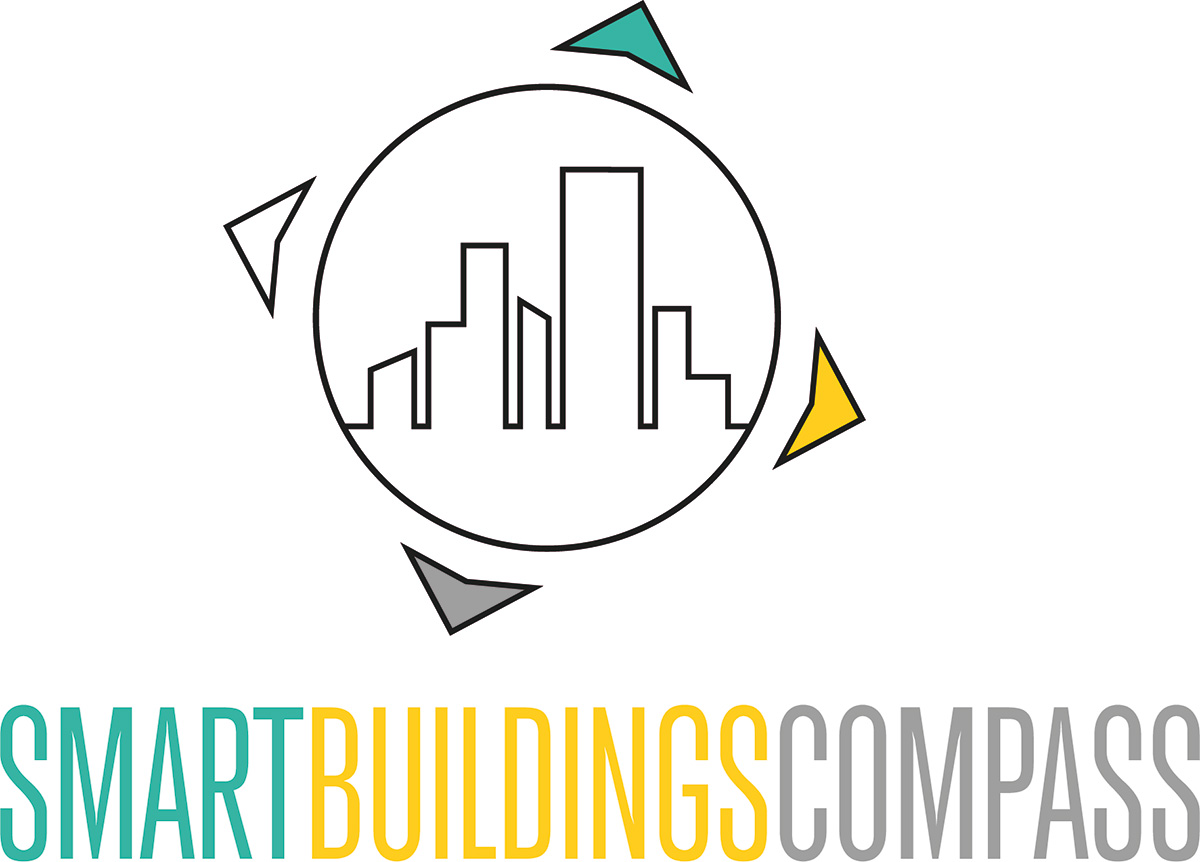The term information has a whole range of definitions. In information theory, it is the knowledge that a sender conveys to a receiver through an information channel. It is therefore the additional knowledge that leads to a change in the recipient’s previous knowledge.
Information is often transmitted by means of a medium. This can be both analog and digital in the form of signals or codes. Information can be conveyed via spoken or written text, images, sounds, or other data that can be captured by the senses.
An example of this is a traffic sign that is perceived via the visual information channel. Through its content, shape or color, it transports data. However, these are of no significance in themselves. Only through interpretation and abstraction does knowledge emerge for the driver.

Traffic signs must be interpreted to reveal their meaning
Image: geralt via Pixabay
The term data must therefore be clearly distinguished from information. Information is data that is stored in a specific context. In order to process these, structures must be defined. You need a description that explains the relationship between the data. Organization alone is not enough.
Many organizations use pattern approaches to define the meaning of data in large data sets. As data sets become larger and more complex, more descriptions may be needed to convert the data into information. New data can be obtained by machine processing of existing data, which in turn can be used to interpret new information.






